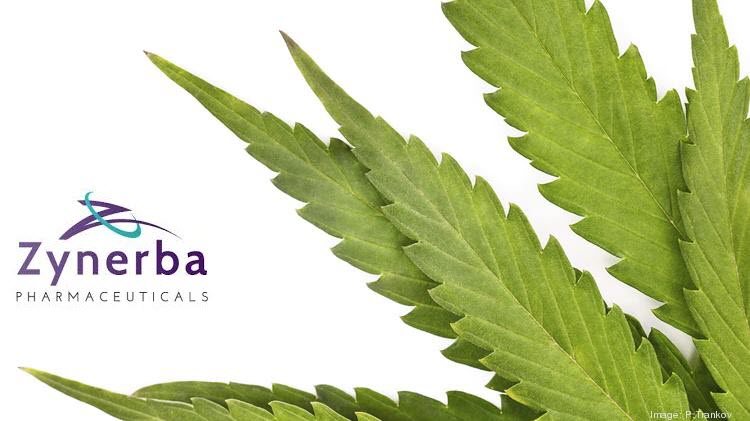
Over the past 24 months, two sectors of the investment landscape have been more active than pretty much any others. The first, the marijuana space. A number of states in the US have now legalized recreational marijuana, and many more are scheduled to do so over the coming five years. This legalization led to a skyrocketing of certain marijuana associated companies (and some with no association at all as it!) during the latter half of 2013, and an ensuing crash during the majority of 2014. The second, biotech. Biotech ETFs are up nearly 500% on the last half decade, and despite many analysts calling the rise a bubble, both incumbent entities in the space and new and developing companies seem to be gaining market capitalization as we head into the latter half of 2015. As a result of the gains in the latter of these two sectors, IPO announcements have been rife. We have seen the biggest biotech IPO ever with Axovant Sciences Ltd. (NYSE:AXON) $315 million raise based on its dementia treatments. We’ve had oncology biotech Aduro BioTech, Inc. (NASDAQ: ADRO) double in price from an IPO of $17 a share to close on a 147% gain at $42 before session end. Now we’ve got another IPO that looks nicely positioned as a marijuana industry candidate in the biotech space to draw benefit from the high levels activity in both. That company is Zynerba Pharmaceuticals (NASDAQ:ZYNE).
On August 4, 2015, the company announced the pricing of its IPO of 3 million shares of common stock at an offer price of $14 a share. On top of this, the company announced that it had granted the underwriters an option to purchase 450,000 further shares of common stock at this $14 a share offering price minus the underwriting discount. The IPO hit markets at New York open on August 5, and holding $42 million at its mid-range target price. This looks a reasonable introduction, and should go some way to funding the company’s activity throughout the latter half of this year, but when compared with average IPO numbers last year, looks a little lackluster. 76% of the biotechs that hit markets in 2014 raised more than $50 million, with a further 27% clearing $100 million. Comparatively then, Zynerba is already behind on last year’s figures. However, this does not mean it is not a candidate for gains before the end of 2015. As we have said, the company is positioned in a couple of hot sectors, and these could come together to boost its market appeal. In order to try and gain some insight into its potential, let’s have a quick look at the science behind its lead candidates.
As mentioned, the company waiting cannabinoids and specifically, cannabinoid patches. Both of its current lead pipeline candidates are in preclinical stage, with the first, ZYN001, a prodrug of THC targeted at patients with fibromyalgia and peripheral neuropathic pain, and the second, ZYN002, a synthetic CBD, targeted at patients with refractory epilepsy, Fragile X syndrome and osteoarthritis. Both are prodrugs – meaning that they are delivered through the epidermis via during which the process converts the prodrug to a different form through a normal metabolic process. The best way to think about this is (using the example of the patch in this instance) the patch being the prodrug, and the final delivery being just a drug, with the “pro” element of it being the patch gel that is absorbed in the epidermis.
ZYN001 uses THC to target can upload receptors in the brain, which are involved in a range of psychological and physiological processes including pain sensation, mood and nervous system action. ZYN002 is the same, with a similar mechanism of action, but uses synthetic CBD, a manufactured cannabinoid rather than THC. So where is this company’s advantage over the more “traditional” marijuana biotech? Well, through the prodrug administration, Zynerba’s candidates can (or so is hypothesized) deliver cannabinoids much more efficiently. The reason for this is that they avoid a “first pass” liver metabolism – something that oral and oral mucosal delivery methods do not.
So what should we be looking at from a timeframe perspective? Well, the company expects to initiate a phase I for ZYN001 mid-2016, and a phase IIa trial during the first half of 2017. Things will happen a little sooner with ZYN002, with the company expecting a phase I trial initiated during the second half of this year, and a phase IIa the same time next year. The recent capital raise should fund the first three of these trials (i.e. the ZYN002 phase I, IIa and the ZYN001 phase I). So these are the primary drivers we will be looking for to boost capitalization short to medium term.
The takeaway? That this is a timely IPO for a company that looks well-positioned to take advantage of two currently hot sectors. However, it has stumbled somewhat out of the blocks, and we would like to see further capital injection before the completion of the first three trials of its two pipeline candidates so as to ensure we avoid potential dilution of any early allocation.




